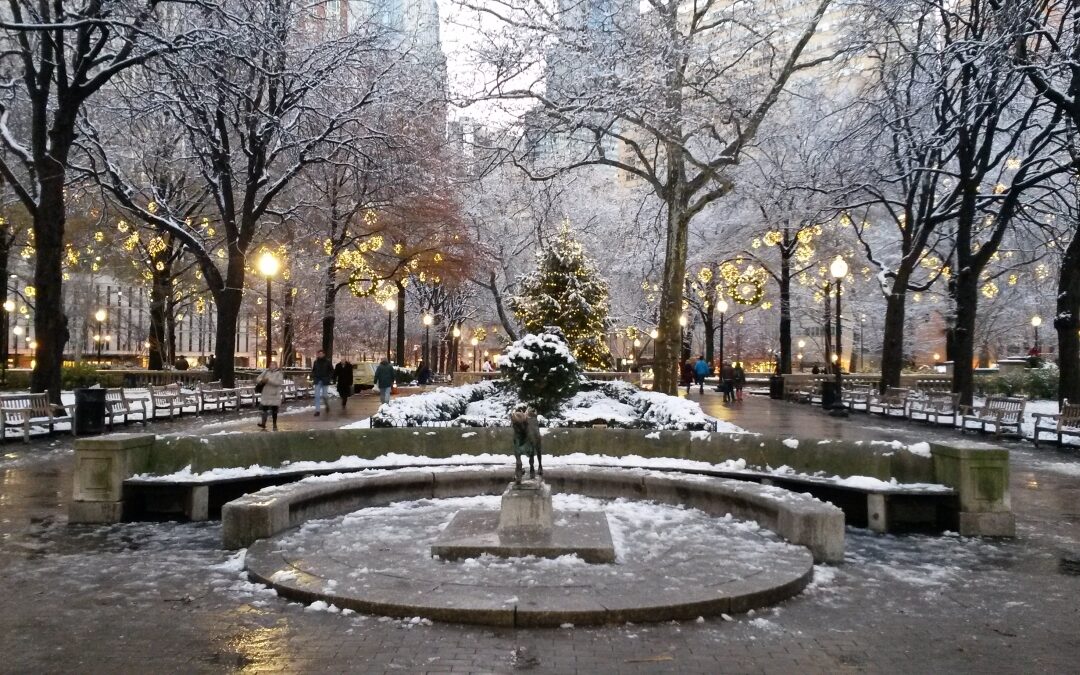Traditional urbanism is an easy sell; most people favor treed squares, fountains, and benches. People in Philadelphia crowd Rittenhouse Square, which was laid out in the 17th century, and whose Parisian details were planned by Paul Cret in 1913. The buildings lining the square are of many historical vintages: modern, moderne, and neoclassical. In a hundred years, in 2123, I suspect there will be even more variety, reflecting changed architectural tastes, changed materials, and changed styles. But the square itself, and the streets that define it, will likely be familiar; it’s not so easy to alter rights of way. This underscores an important distinction. Urbanism and architecture observe different time lines. It may be a mistake to tie traditional urbanism to traditional architecture, as many proponents do. The two are entirely different animals.


